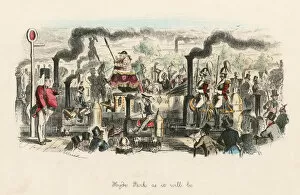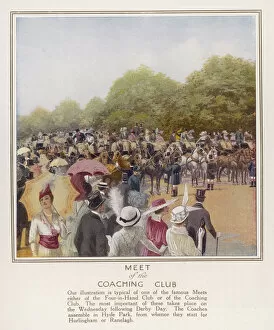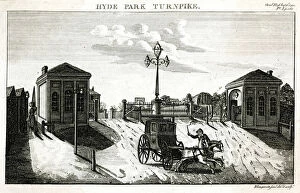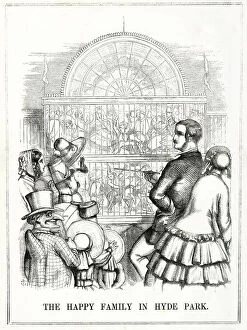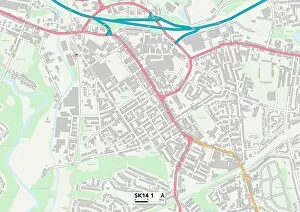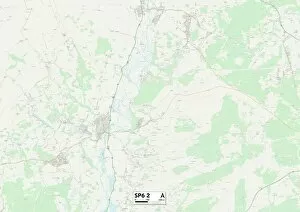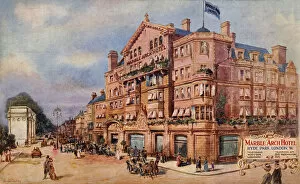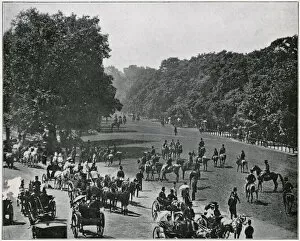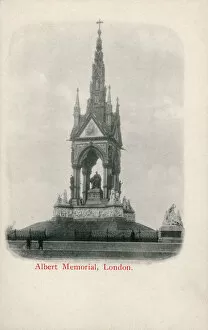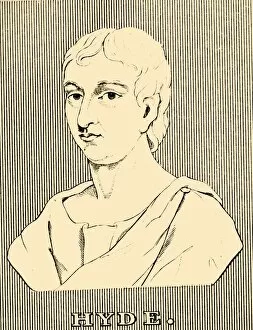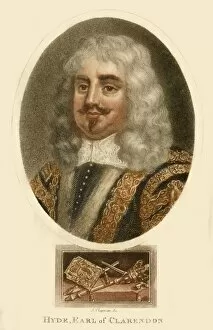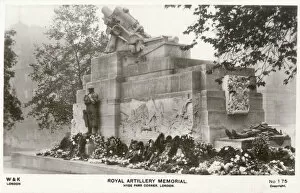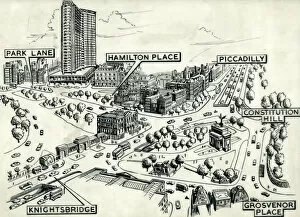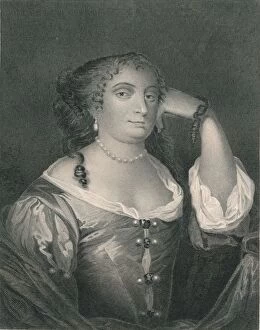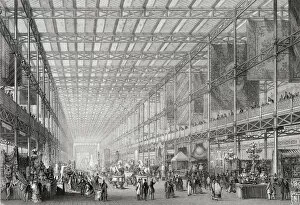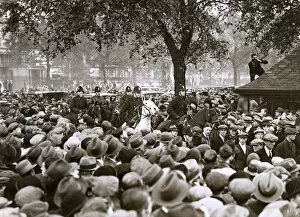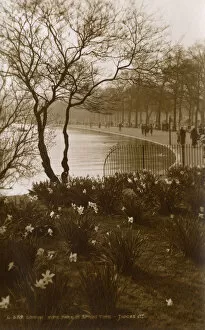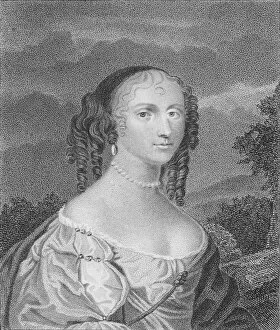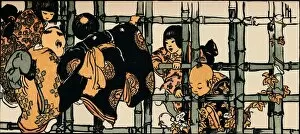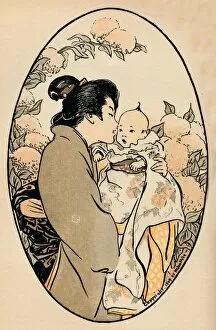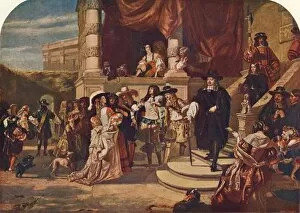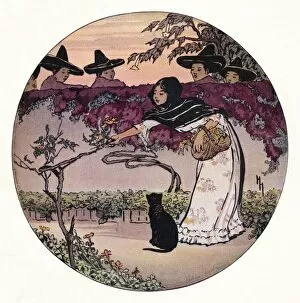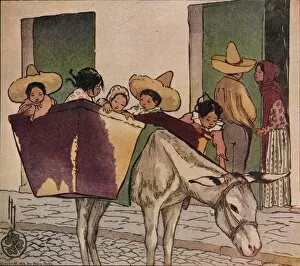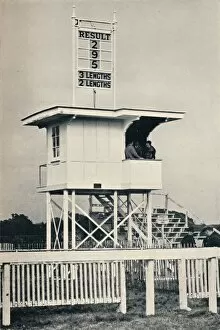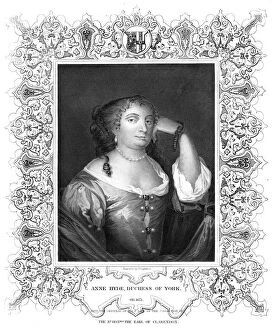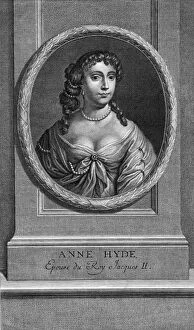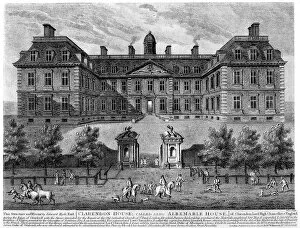Hyde Collection (#7)
"Hyde: A Glimpse into the Historical Tapestry of London's Iconic Park" Step back in time to 1908, when Hyde Park was abuzz with the fervor of the Suffragette Rally
For sale as Licensed Images
Choose your image, Select your licence and Download the media
"Hyde: A Glimpse into the Historical Tapestry of London's Iconic Park" Step back in time to 1908, when Hyde Park was abuzz with the fervor of the Suffragette Rally. Women from all walks of life gathered under the shadow of The Crystal Palace by Joseph Paxton, a symbol of grandeur and progress. The atmosphere was electric as they brandished their Womens Sunday Programme, demanding equality and change. In Kinver, Staffordshire, Bethany Childrens Home provided solace for those in need, while suffragettes prepared for their momentous demonstration at Hyde Park. Earl of Clarendon graced Vanity Fair as Spy captured his essence on paper – a testament to the influential figures that frequented this historic space. Aphra Farquhar's wedding dress by Worth epitomized elegance and grace; its intricate design spoke volumes about societal expectations during that era. Meanwhile, St. Georges Hospital stood tall at Hyde Park Corner, serving as a beacon of hope amidst bustling city life. The Suffragette Hyde Park Demonstration in 1908 marked an unforgettable chapter in history – women united for their rights against all odds. Even during WWII, Hyde Park Police Piggery witnessed resilience and strength amid chaos. Cast your gaze further back to 1851 when the Grand Entrance beckoned visitors to witness wonders within the Great Exhibition. Across Serpentine Lake lay an awe-inspiring view that left spectators mesmerized by human ingenuity and innovation. Fast forward to 1906 - another pivotal year for women's rights - where passionate voices echoed through Hyde Park once again during a monumental WOMENs RIGHTS DEMO. Today, these fragments from different periods intertwine within Hyde Park's rich tapestry – reminding us that it has been witness to countless tales throughout history. As you stroll along its paths or relax beneath ancient trees today, remember how this iconic park has played a significant role in shaping London's past and present.

